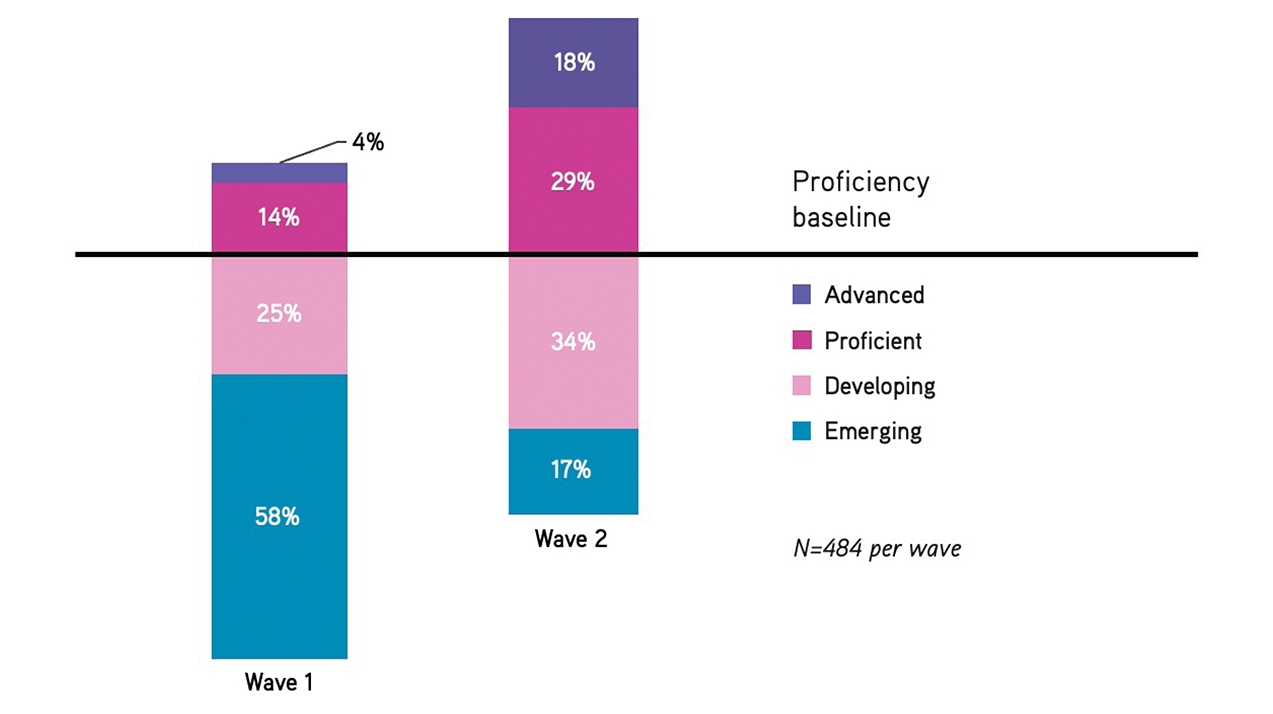By Rachel Phillips, OER Project Learning Scientist
Calling all Big History Project teachers! Along with the new overview videos, graphic biographies, and claim-testing activities, we have one more very important update for you regarding Investigation 0, the baseline assessment: The prompt has changed! It now matches Investigation 9, our end-of-course assessment, rather than matching Investigation 2, as it has in prior years.

Why did we make this change? For a couple of reasons.
First, feedback. We’ve had a lot of teachers ask why we don’t have true pre-and post-assessments. Fair question! There are a lot of ways to measure students’ knowledge before and after learning, including the use of similar or the exact same assessments for pre- and post-learning. In the past, we offered Investigations 0 and 9 as similar assessments for before and after—the structure was the same, but the prompt was not. However, thanks to feedback from you, we’ve recognized that not all Investigations are exactly the same! There are some differences across sources, and Investigations from earlier in the course provide a bit more instructional scaffolding than those later in the course. Although this may now mean the baseline is a bit harder, it will more accurately measure a student’s writing skill and ability at the start of the year, and will allow you to measure growth using the exact same prompt at the end of the year.
Second, research. The OER Project has a robust research program, and we’ve been studying student growth in writing for the past 10 years. When we originally started our research program, we measured student writing at three points in the year via three different Investigations. It wasn’t realistic to ask teachers to administer the exact same assessment three times a year. But now that we only measure twice, it makes the research design stronger and gives us a more accurate picture of student growth in writing by having the same pre- and post-assessment.
 Total BHP student writing growth, Summary of OER Project Research 2020-21.
Total BHP student writing growth, Summary of OER Project Research 2020-21.
We recognize that some teachers like using the same prompt for Investigation 0 and Investigation 2 because it allows them to show student growth early in the school year—a great motivator! But the Investigations are similar enough that you could assign Investigation 0 along with any other early Investigation to show your students’ growth sooner rather than later in the school year. We bet that with just a little instructional time, your students will realize significant growth in their writing even in the short interval between Investigation 0 and Investigation 1. And remember, all Investigations are scored using the same rubric, so it’s easy to track growth against the rubric.
For those of you who do assign Investigation 0 and Investigation 9 every year, we thank you for providing this important data that enables us to analyze the strength of our program! Of course, the true strength lies with each and every one of you, and we’re always excited to hear how you approach these Investigations with your students, whether for the purpose of assessment, writing practice, or delving deeper into historical thinking practices. We know your colleagues love to hear about these topics too, so head on over to the OER Project Teacher Community to discuss!
About the author: Rachel Phillips, PhD, is a learning scientist who leads research and evaluation efforts for the OER Project, as well as develops curriculum for their courses. She is elementary certified, has taught in K–12 schools, and currently serves as an adjunct professor for graduate courses in American University's School of Education. Rachel was formerly Director of Research and Evaluation at Code.org, faculty at the University of Washington, and program director for National Science Foundation-funded research. Her work focuses on the intersections of learning sciences and equity in formal educational spaces.
Cover image: A high school student sitting at her desk concentrating during a test in class. © Willie B. Thomas / DigitalVision / Getty Images.
 For full access to all OER Project resources AND our amazing teacher community,
For full access to all OER Project resources AND our amazing teacher community, 
